Ground Elder identification guide
What is Ground elder? Read through our Ground elder identification guide below. If you are still unsure, email us your photos and we will confirm whether it is Ground elder for FREE
Quick facts
- A common garden nemesis, Ground elder is considered a persistent weed.
- Ground elder is completely unrelated to Elder – and is in fact in the carrot family
- The smallest fragments of rhizome can start a new infestation
- Thick carpets of ground elder form quickly, out-competing other species
- Although a non-native, Ground elder is thought to support over 25 species of UK insects.
Quick Links




What is Ground elder?
Ground elder (also known as Aegopodium podagraria) is a perennial plant native to Europe and Asia. It’s a member of the Apiaceae family, which also includes plants like carrots, parsley, and celery. Ground elder is sometimes referred to by other common names such as bishop’s weed, goutweed, or Herb Gerard.
Ground elder is believed to have been introduced to the UK by the Romans, who brought it over for its culinary and medicinal uses, particularly as a treatment for gout, hence the name “goutweed.”
Over time, ground elder escaped cultivation and spread across the landscape, becoming naturalised in the UK. Its ability to spread rapidly through its rhizomatous root system made it a persistent presence in gardens and wild areas, eventually earning its reputation as a troublesome weed.
Key characteristics of Ground elder
Leaves
The leaves of Ground elder appear in early spring on hollow stalks. They are normally made up of 3 leaves, that can split to appear like 9. Smooth in appearance and oval in shape with toothed edges.
Flowers
White umbellifer flowers appear on stalks up to 1m tall in early summer.
Stems
Ground elder stems are green, triangular and hollow with a distinctive groove along one side.
Roots
The roots of ground elder are the power house behind the plant. They are creamy-white in appearance, and are actually underground stems. Small fragments can grow new plants.
Seeds and seedlings
Oval brown seeds form from the flowers, turning into seed heads. Seeds usually fall close to the parent plants, and need cold stratification in order to germinate. Rhizome spread is the main route of propagation.
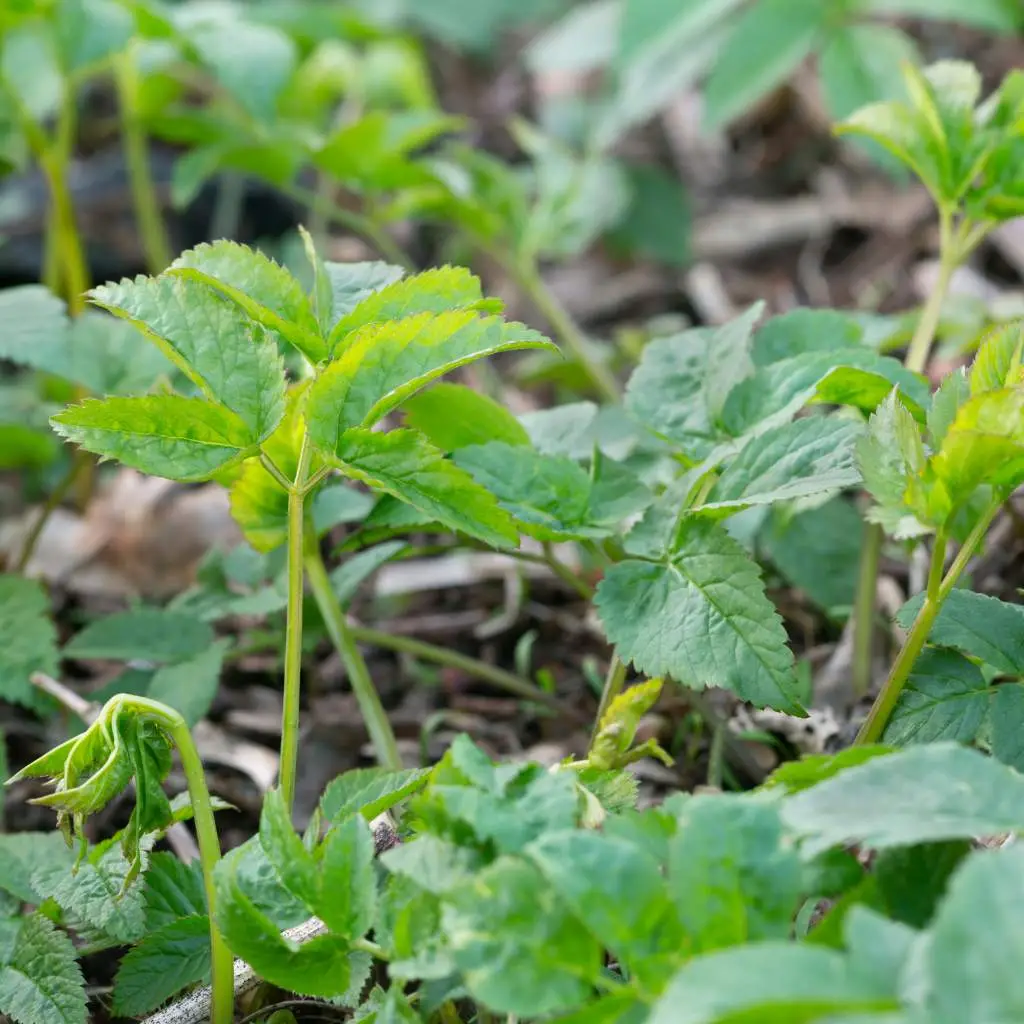
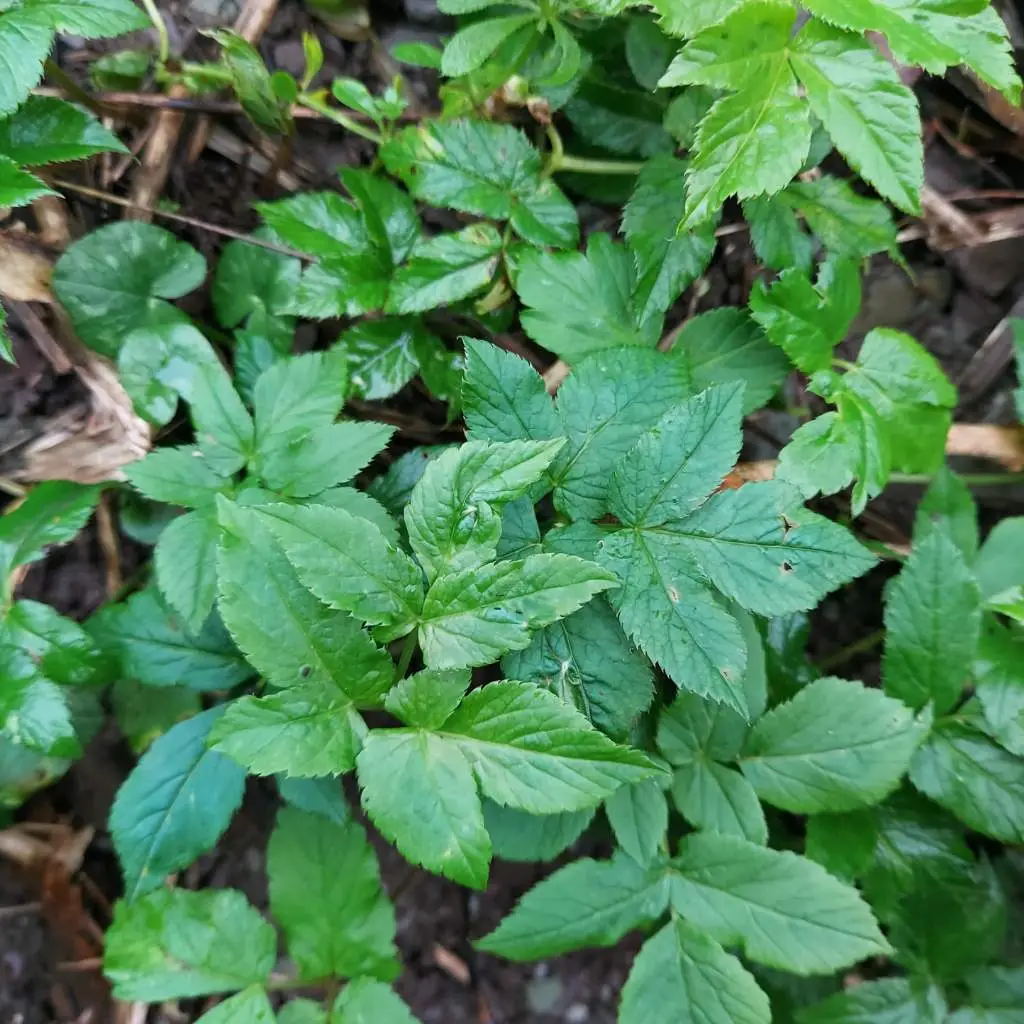
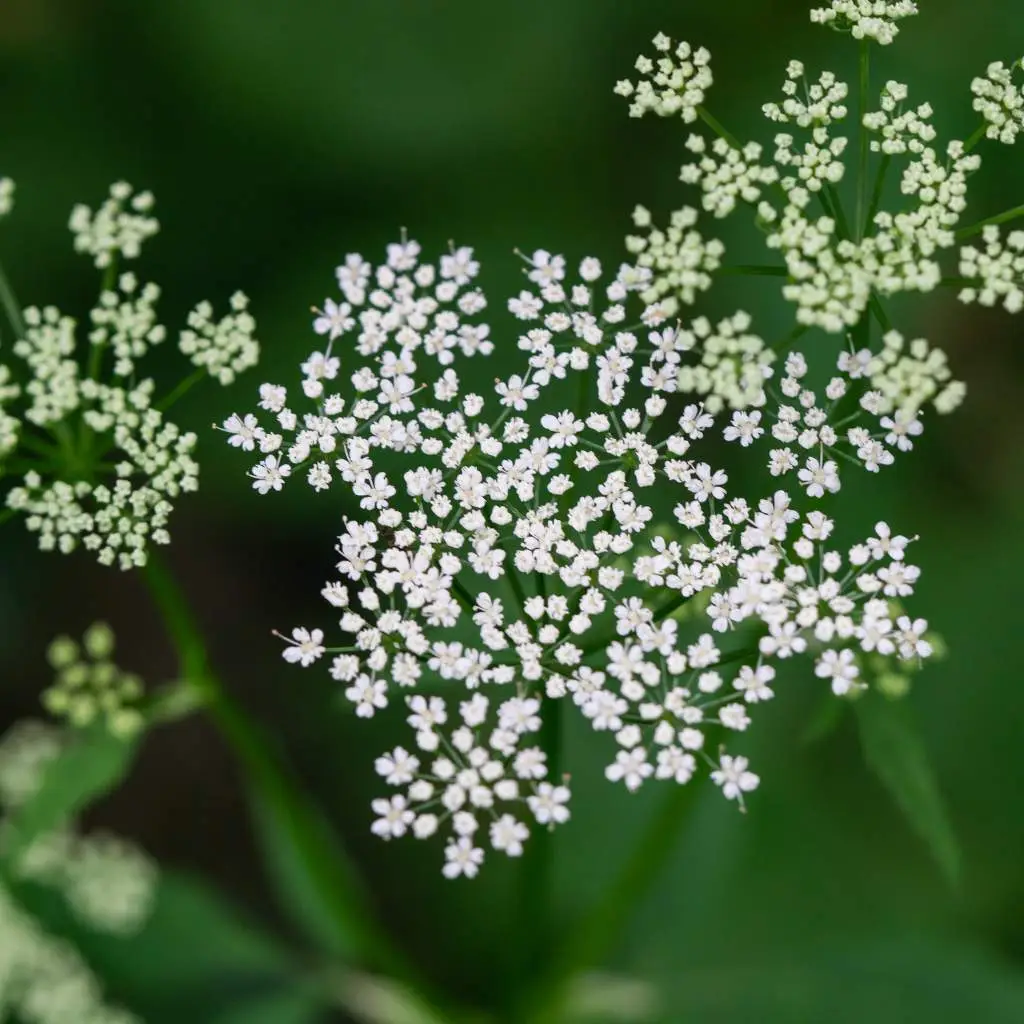
we can help you remove troublesome invasive weeds
Have you got a Ground elder problem?
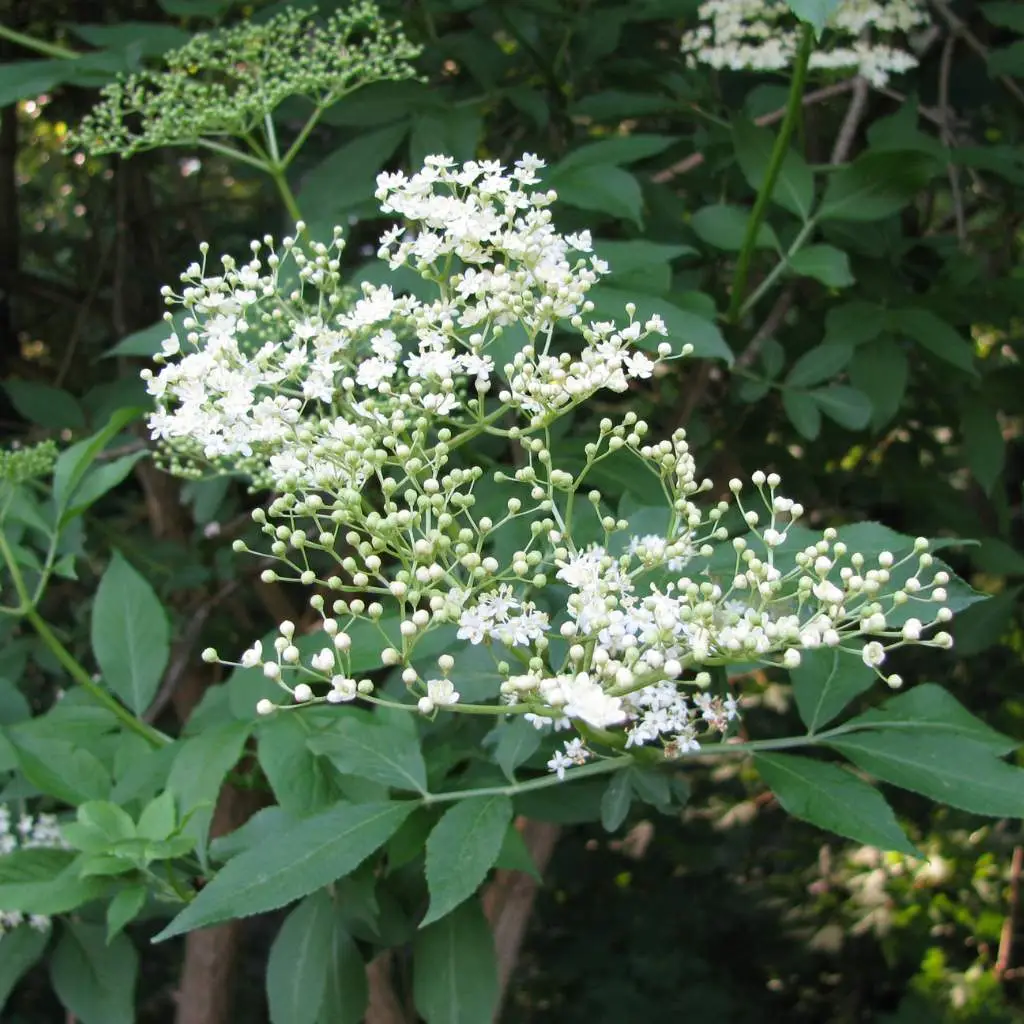
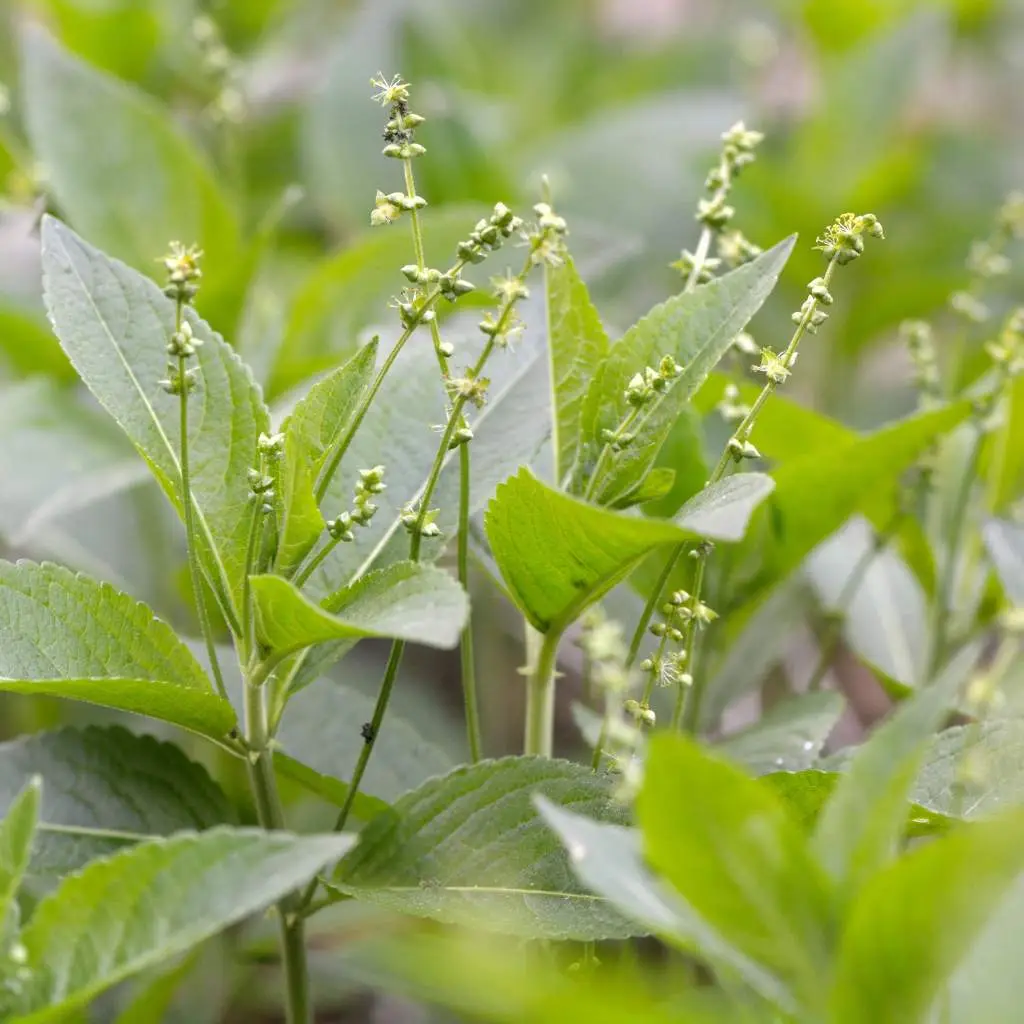
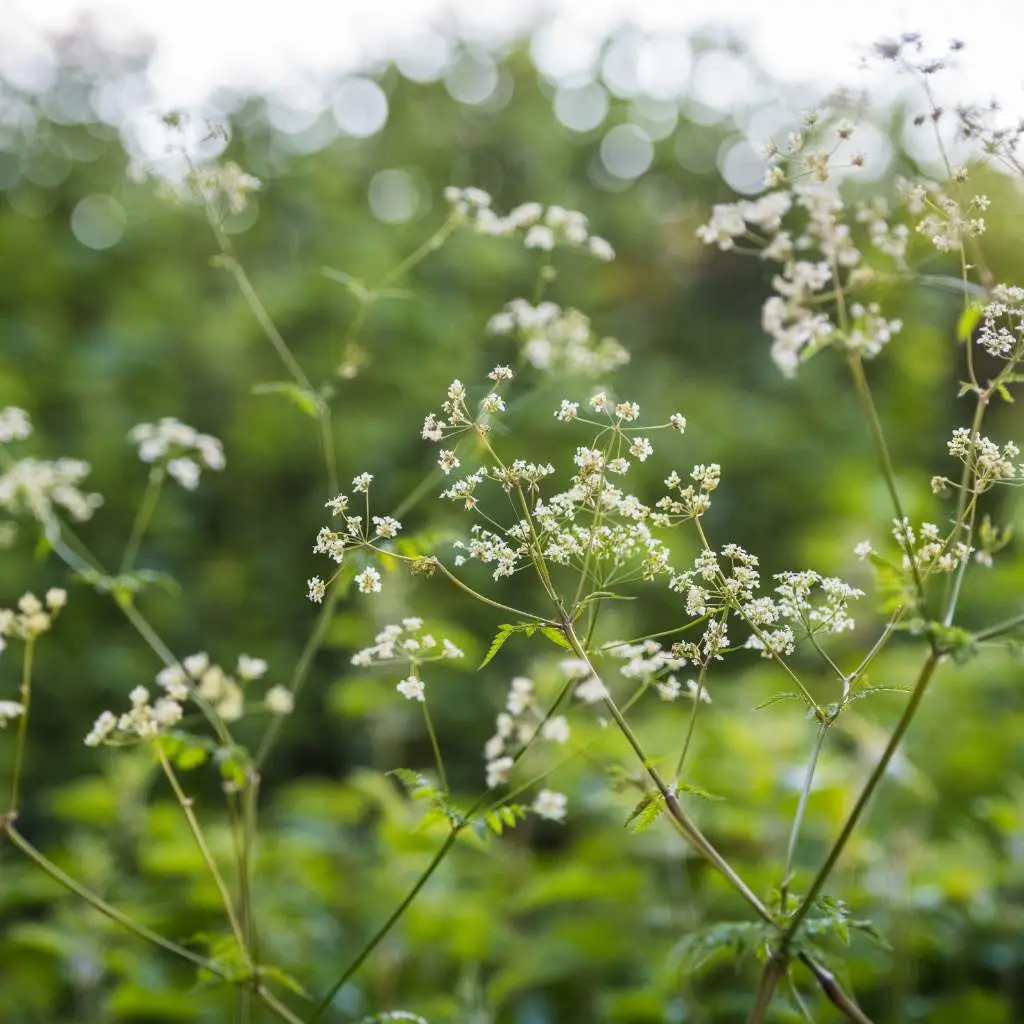
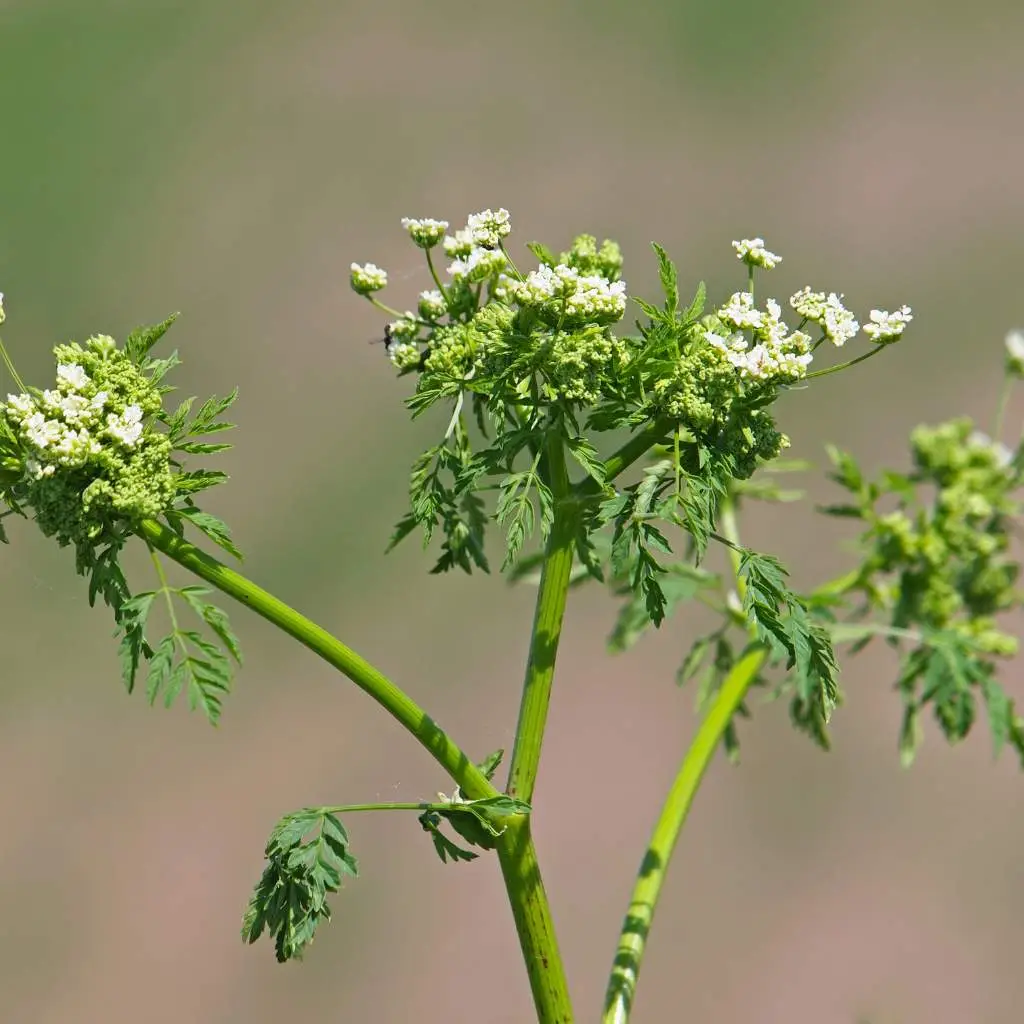
Ground elder look-alikes
Cow Parsley vs. Ground elder – Although they share very similar flowers, the main difference between cow parsley and ground elder is the leaves. Cow parsley leaves are bipinnate and feathery in appearance emerging from purple-tinged stems.
Dog’s Mercury vs. Ground elder – Dog’s mercury and Ground elder are easy to mistake as Dog’s mercury also forms thick carpets of leaves in woodland areas. Unlike Ground elder, the flowers of Dog’s mercury are short and form in a vertical line of the stem. The leaves of Dog’s Mercury are longer and more pointed than Ground elder.
Hemlock vs. Ground elder – Hemlock is in the same family as Cow parsley and Ground elder, meaning they are easily confused. Hemlock is a much bigger plant than Ground elder and the leaves look more like those of cow parsley. Stems have purple blotches on where Ground elder stems are plain green.
Elderflower vs. Ground elder – Elderflower and Ground elder are normally confused because the leaves look similar and both Elder and Ground elder have white umbel-shaped flowers. Elderflower is in fact a tree shrub, so grows tall, from woody stems.
Ground elder Scientific and Botanical Information
Latin name
Aegopodium podagraria
Family
Ground elder is in the Apiaceae family – the same as carrots. There are around 12 species of Aegopodium, all of which are herbs with umbel-shaped flowers.
Common names
Ground elder is commonly known as Goutweed, Snow-on-the-mountain, Herb Gerard, Gout wort and Bishop’s weed.
Uses
Ground elder has been used as a spring leaf vegetable and a medicinal herb to treat arthritis and gout, although its use has now largely declined.
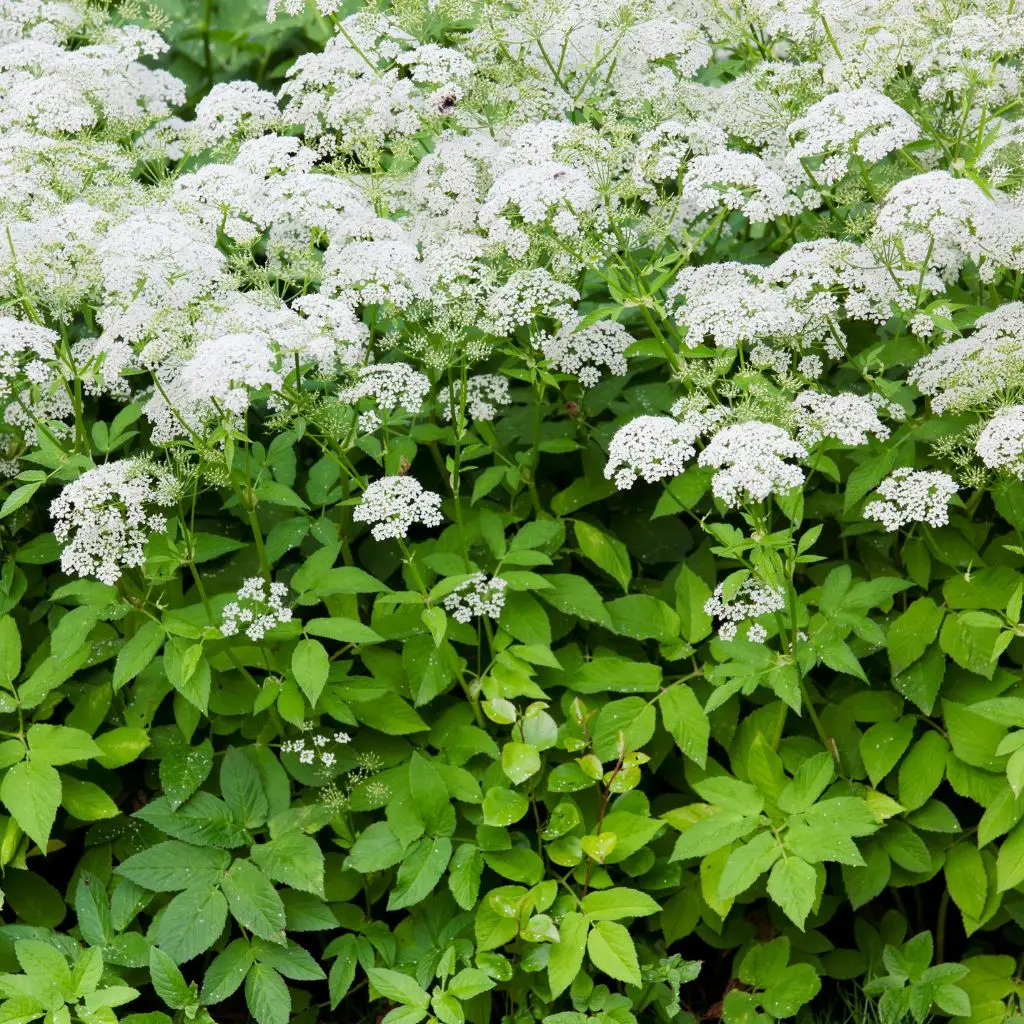
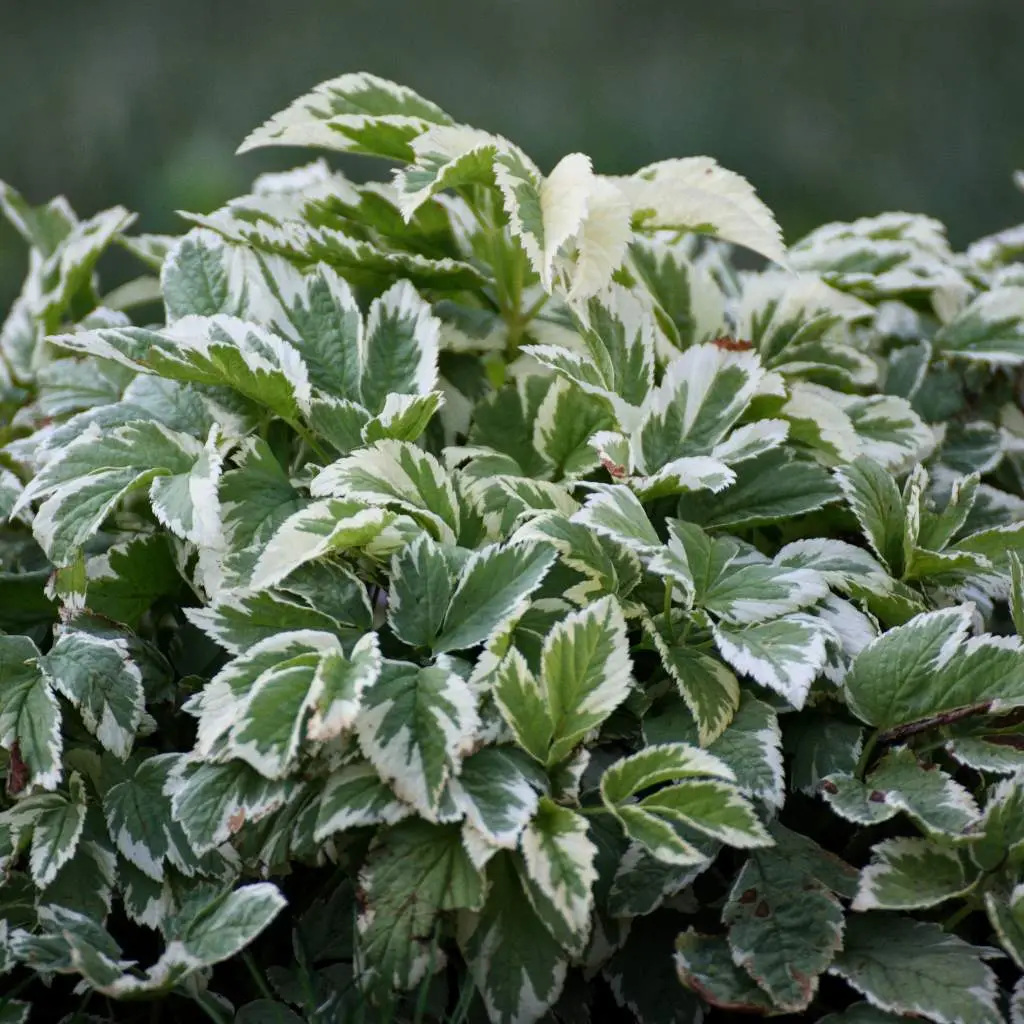
Variegated ground elder
The variegated variety of Ground elder has the same aggressive habits of its plain-leaved sibling but is more attractive as a garden ornamental for its interest. It shares the same preference for shade as Ground elder and differs only in the appearance of its leaves that have distinct pale green / cream edges.
Start fixing your invasive plant problem today by requesting a survey
Request a survey
Rest assured, where invasive species are identified at an early stage and tackled correctly, problems can usually be avoided. Our specialist consultants complete thorough surveys to identify the extent of the problem. Our plans aren’t one-size-fits-all; they’re customised to tackle the invasive species at your property effectively, taking account of all of your requirements.
What our clients say
Reviews
Richard responded to my email asking…
by Chocozicke
“Richard responded to my email asking for identification from pictures of the plants, immediately. This service is free of charge. All they ask for is a donation to a charity, which is really nice of them. Would definitely recommend them.”
Lovely company
by Jessie Cooper
“Lovely company. I am buying a flat in a high risk japanese knotweed area and spotted some suspicious looking shoots in the garden. Emailed photos to Environet who responded super speedily to reassure me it wasn’t knotweed. They asked for a donation to one of their justgiving charities instead of charging a fee for identification which is such a lovely idea!”
I contacted Environet Uk to discuss my concern about Japanese knotweed.
by Mr A
“I was advised how their identification system operated and was asked to send clear photographic images by email, which I did. Within 3 hours, I received a response. Very impressed by the professional manner this was dealt with. Thank you.”
Fantastic identification service!
by RF
“Fantastic identification service! I received an email response 1 hour after I sent the company an email with photos. I was advised that the weeds in the photos were not Japanese knotweed which was a huge relief.”
Japanese knotweed identification
by Lee Atkins
“I Can’t fault how professional this company is I spoke with a very professional lady on the telephone that gave me all the information and support we needed.This was followed up by a assessment of some pictures which has given us the piece of mind we need. Thank you”
GET IN TOUCH
Contact us
Our team of experts is available between 9am and 5:30pm, Monday to Friday to answer your enquiries and advise you on the next steps
Want a survey?
If you already know you have an invasive plant problem, you can request a survey online in less than two minutes by providing a few brief details. A member of the team will swiftly come back to you with further information and our availability.
Need quick plant identification?
Simply upload a few images of your problem plant to our identification form and one of our invasive plant experts will take a look and let you know, free of charge what you are dealing with. We’ll also be there to help with next steps where necessary.



